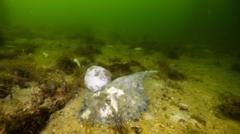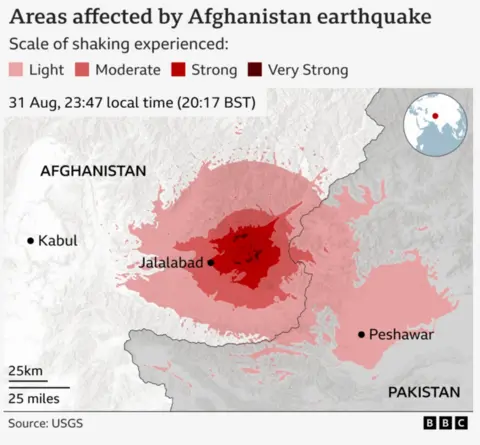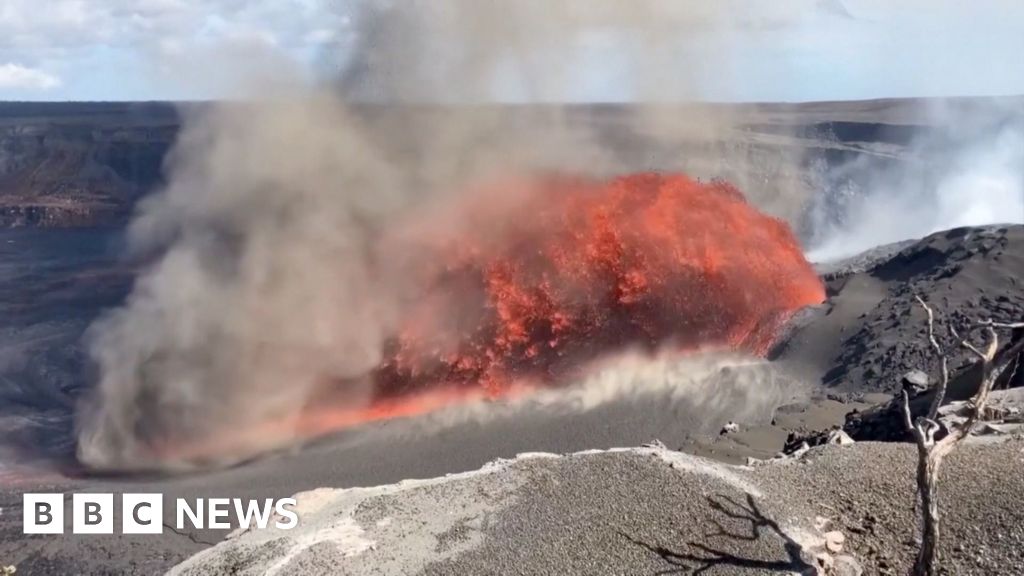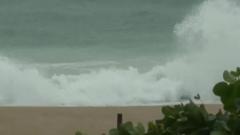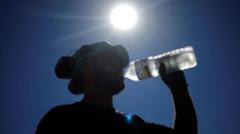Over 400 marine species have perished from this algal bloom, which has grown to cover an area twice the size of Australia’s capital territory, due to factors including climate change and nutrient pollution.
In March 2023, South Australian waters began to see a rapid increase in harmful algal blooms, which have devastated local marine life and ecosystems. Approximately 400 marine species have died, according to authorities, who attribute the outbreak to a combination of ocean warming and nutrient overload—a direct consequence of climate change. Premier Malinauskas has pushed for acknowledgment of the event's severity, stating, "This is a natural disaster," and announced a matching relief fund of A$14 million alongside the federal government's support for recovery efforts, which has received criticism for not officially classifying the bloom as a natural disaster under current laws.
Environment Minister Murray Watt highlighted that although the bloom is concerning, it does not align with the legal definitions that trigger larger governmental responses typical for cyclones and floods. Critics, including Greens Senator Sarah Hanson-Young, argue the federal government is downplaying the disaster, especially given the economic repercussions on local industries, such as fishing. Many fishermen have reported no income for months, with Ian Mitchell, a mediator for fishers and retailers, revealing the emotional toll on fishermen facing financial hardship.
The environmental catastrophe stretches from Coorong to Yorke Peninsula, killing fish and lining the beaches with dead wildlife, prompting dire warnings about the lagoon ecosystem. Local fishermen and environmental advocates continue to voice the need for increased action against the algal bloom's detrimental impact on both the environment and community livelihoods.
In March 2023, South Australian waters began to see a rapid increase in harmful algal blooms, which have devastated local marine life and ecosystems. Approximately 400 marine species have died, according to authorities, who attribute the outbreak to a combination of ocean warming and nutrient overload—a direct consequence of climate change. Premier Malinauskas has pushed for acknowledgment of the event's severity, stating, "This is a natural disaster," and announced a matching relief fund of A$14 million alongside the federal government's support for recovery efforts, which has received criticism for not officially classifying the bloom as a natural disaster under current laws.
Environment Minister Murray Watt highlighted that although the bloom is concerning, it does not align with the legal definitions that trigger larger governmental responses typical for cyclones and floods. Critics, including Greens Senator Sarah Hanson-Young, argue the federal government is downplaying the disaster, especially given the economic repercussions on local industries, such as fishing. Many fishermen have reported no income for months, with Ian Mitchell, a mediator for fishers and retailers, revealing the emotional toll on fishermen facing financial hardship.
The environmental catastrophe stretches from Coorong to Yorke Peninsula, killing fish and lining the beaches with dead wildlife, prompting dire warnings about the lagoon ecosystem. Local fishermen and environmental advocates continue to voice the need for increased action against the algal bloom's detrimental impact on both the environment and community livelihoods.

